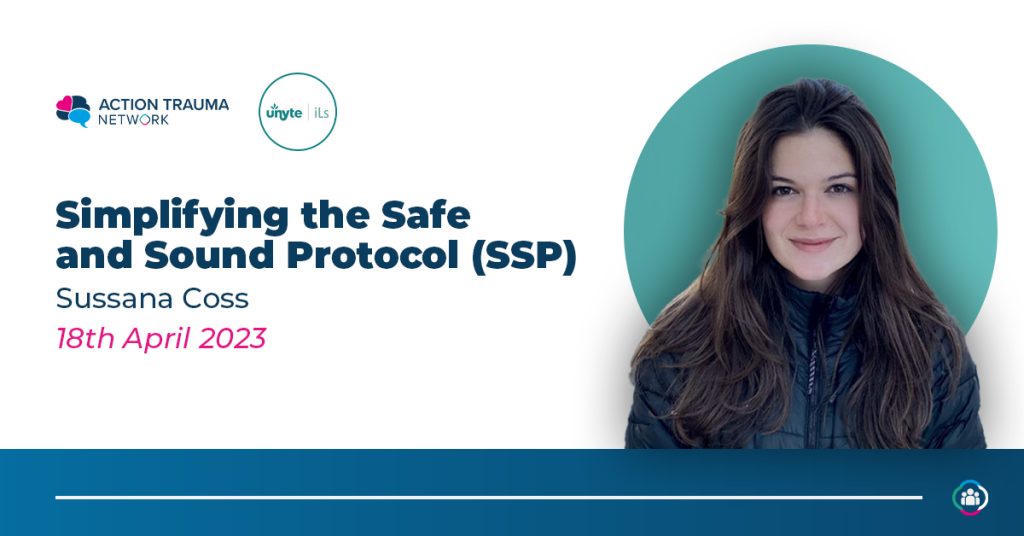Understanding the Body’s Response to Overcome Adversity

The human experience is a complex interplay of emotions, thoughts, and physiological responses. Trauma, an often misunderstood and multifaceted concept, can profoundly impact an individual’s life, leading to a wide range of emotional and physical challenges.
One insightful perspective on trauma comes from the Polyvagal Theory, which provides a unique framework to understand how the autonomic nervous system responds to stress and shapes our reactions to traumatic events. In this blog, we delve into the world of trauma through the lens of the Polyvagal Theory, shedding light on its implications for healing and recovery.
Understanding the Polyvagal Theory
This is a model that was developed by Dr. Stephen Porges, the Polyvagal Theory offers a comprehensive model for understanding the human autonomic nervous system’s response to stress and trauma. The theory proposes that our autonomic nervous system comprises three hierarchical levels: the ventral vagal complex, the sympathetic nervous system, and the dorsal vagal complex. Each level serves as a different adaptive response to various situations.
Ventral Vagal Complex: The Social Engagement System
The ventral vagal complex represents the highest level of the autonomic nervous system. It is associated with feelings of safety, social connection, and the ability to engage with others. When this system is active, individuals experience a sense of calm and openness, allowing them to interact with their environment without feeling threatened.
Sympathetic Nervous System: The Fight or Flight Response
The sympathetic nervous system is responsible for the well-known “fight or flight” response. When confronted with danger or stress, this system triggers physiological changes aimed at preparing the body for action. Heart rate increases, muscles tense, and the body releases stress hormones such as adrenaline and cortisol.
Dorsal Vagal Complex: The Shutdown Response
The dorsal vagal complex is associated with immobilization and shutdown responses. This system is activated when an individual perceives extreme danger or is overwhelmed by stress. During this state, the body may experience freezing, dissociation, and even loss of consciousness. It’s often referred to as the “freeze” response.
Trauma and the Polyvagal Response
A personally perceived traumatic experiences can disrupt the natural balance of the autonomic nervous system, causing individuals to become stuck in certain states of the Polyvagal hierarchy. For example, individuals who have experienced severe trauma might find themselves frequently oscillating between the fight-or-flight response and the shutdown response. This dysregulation can lead to chronic anxiety, depression, and other mental health challenges.
The Importance of Regulation and Healing

Understanding the Polyvagal Theory has significant implications for trauma recovery. Therapeutic approaches that align with the theory focus on helping individuals regain regulation over their autonomic nervous system responses. Here are a few key principles:
Safety and Connection: Creating a safe and supportive environment is crucial for individuals to activate their ventral vagal complex. Trusting relationships can help restore a sense of safety and social engagement, promoting healing.
Grounding Techniques: Mind-body practices such as deep breathing, mindfulness, and grounding exercises can help individuals manage their autonomic responses, shifting them from a state of hyperarousal or shutdown to a state of calm.
Trauma-Informed Therapy: Therapies like Havening, EMDR (Eye Movement Desensitization and Reprocessing) and somatic experiencing focus on addressing trauma by helping individuals process their traumatic memories and sensations in a regulated manner.
Polyvagal-Informed Interventions: In my approach I am mindful of, and where possible try to integrate Polyvagal Theory principles into my approach, helping clients understand their physiological responses to stress and providing tools to regulate their autonomic nervous system.
Trauma, viewed through the lens of the Polyvagal Theory, offers a deeper understanding of how our bodies respond to stress and adversity. By recognizing the intricate interplay between the autonomic nervous system’s levels, we can develop more effective strategies for healing and recovery. Offering individuals to self-empower and to engage their social engagement system, manage stress responses, and work towards autonomic regulation. Using this view in unison with the many other approaches I lean towards is proving to be a promising avenue for overcoming the challenges posed by trauma.
To take your first step in healing your past contact me now vivian@hydro-ease.co.uk.















Responses